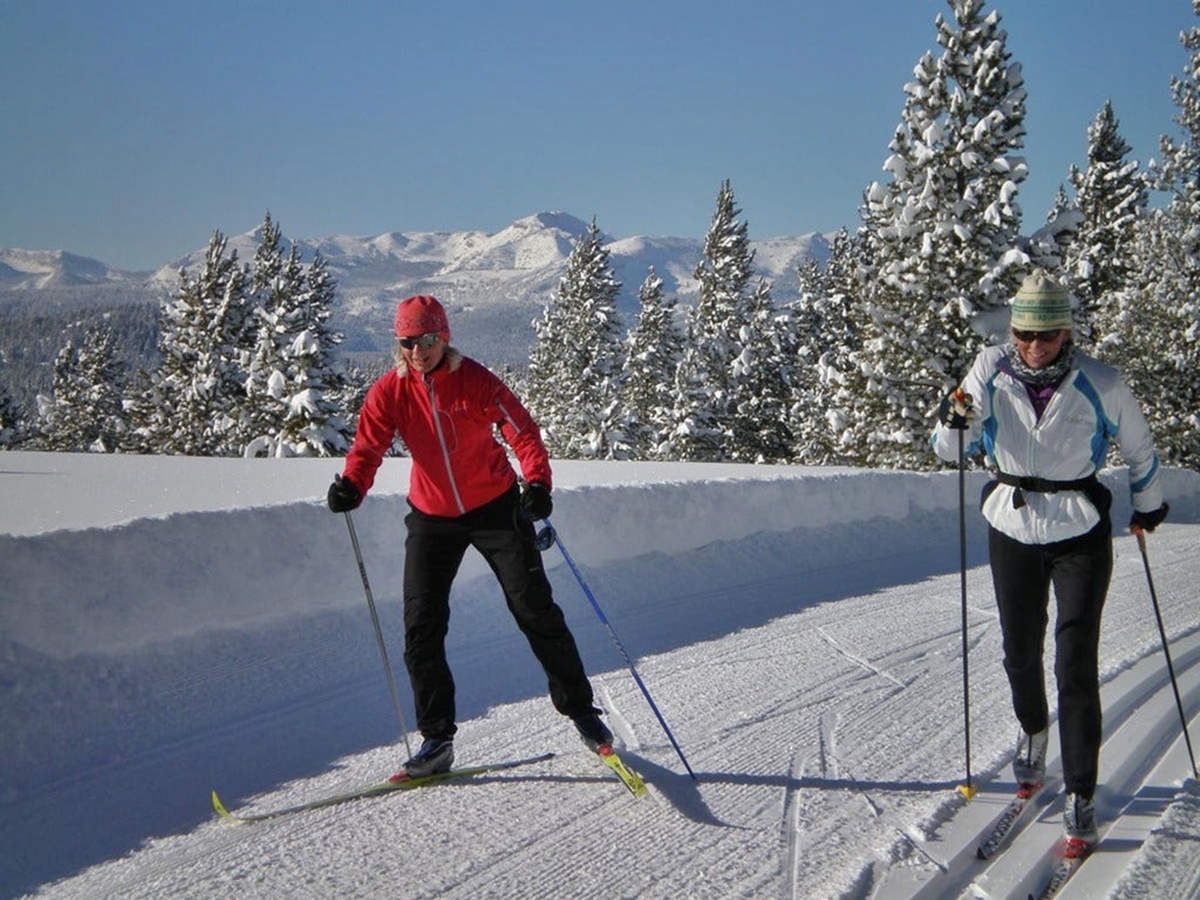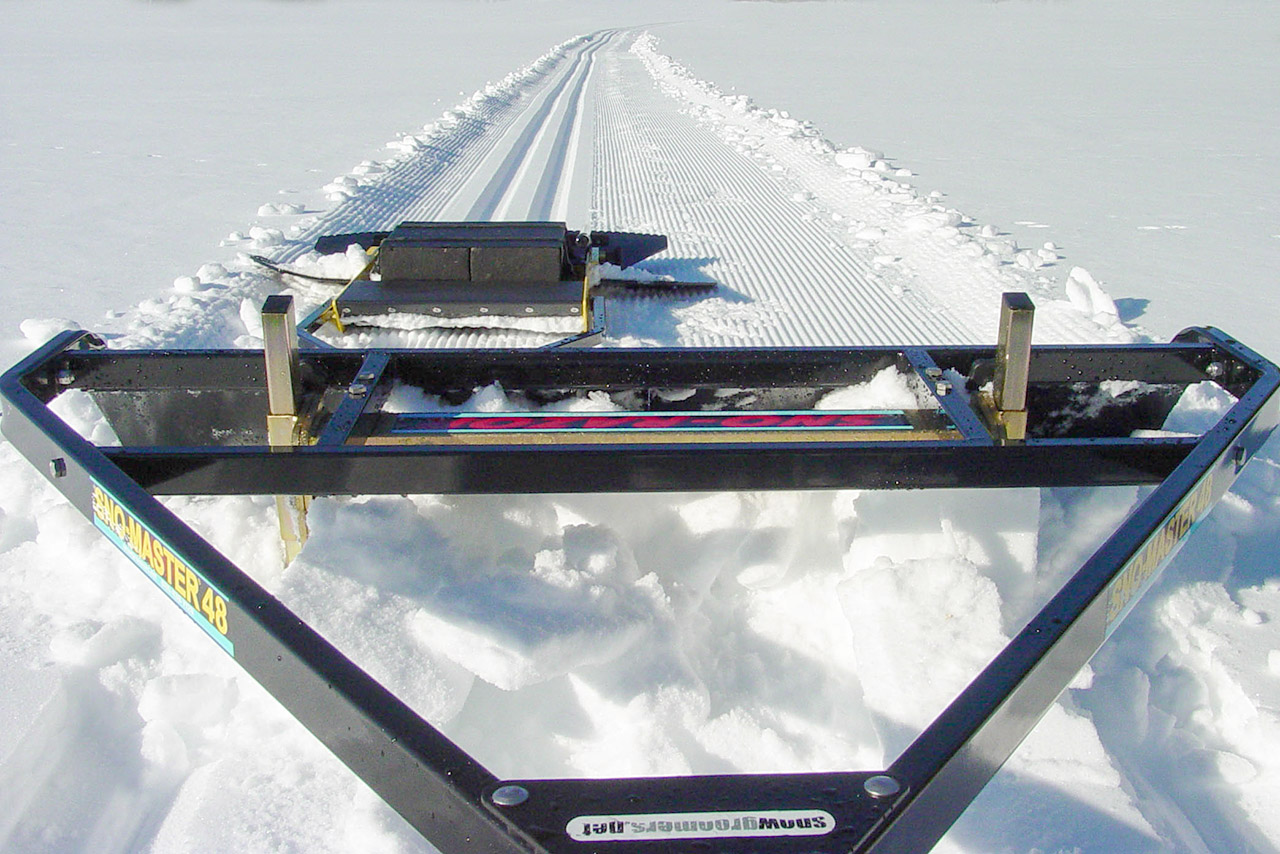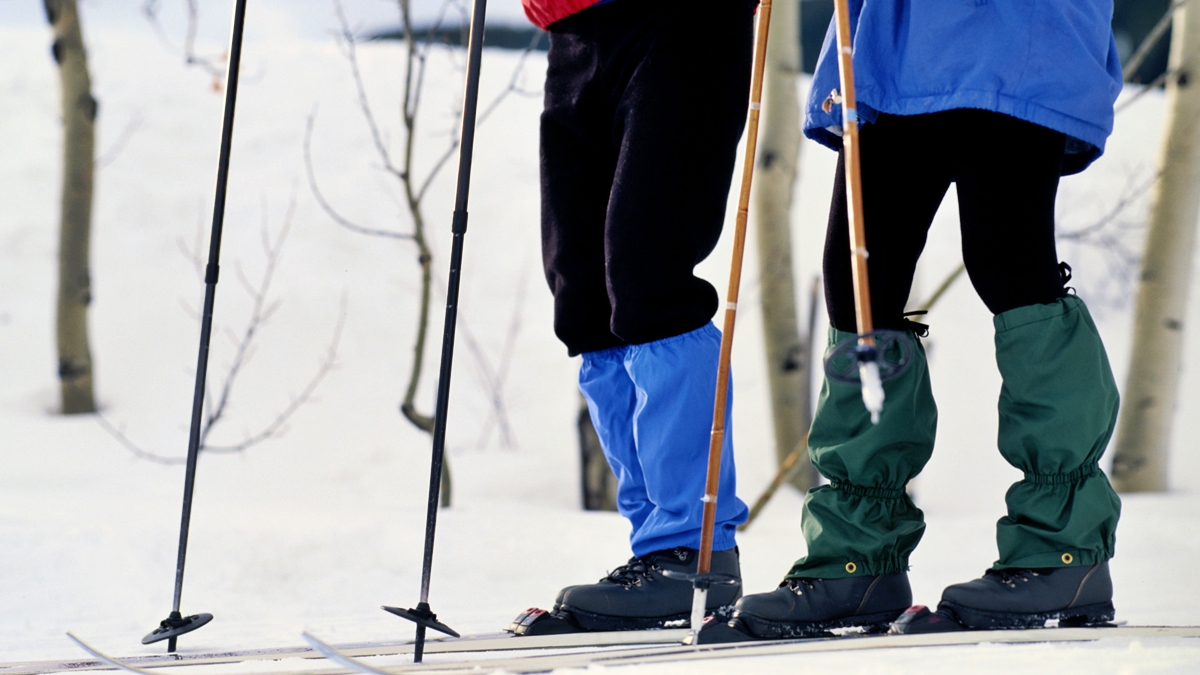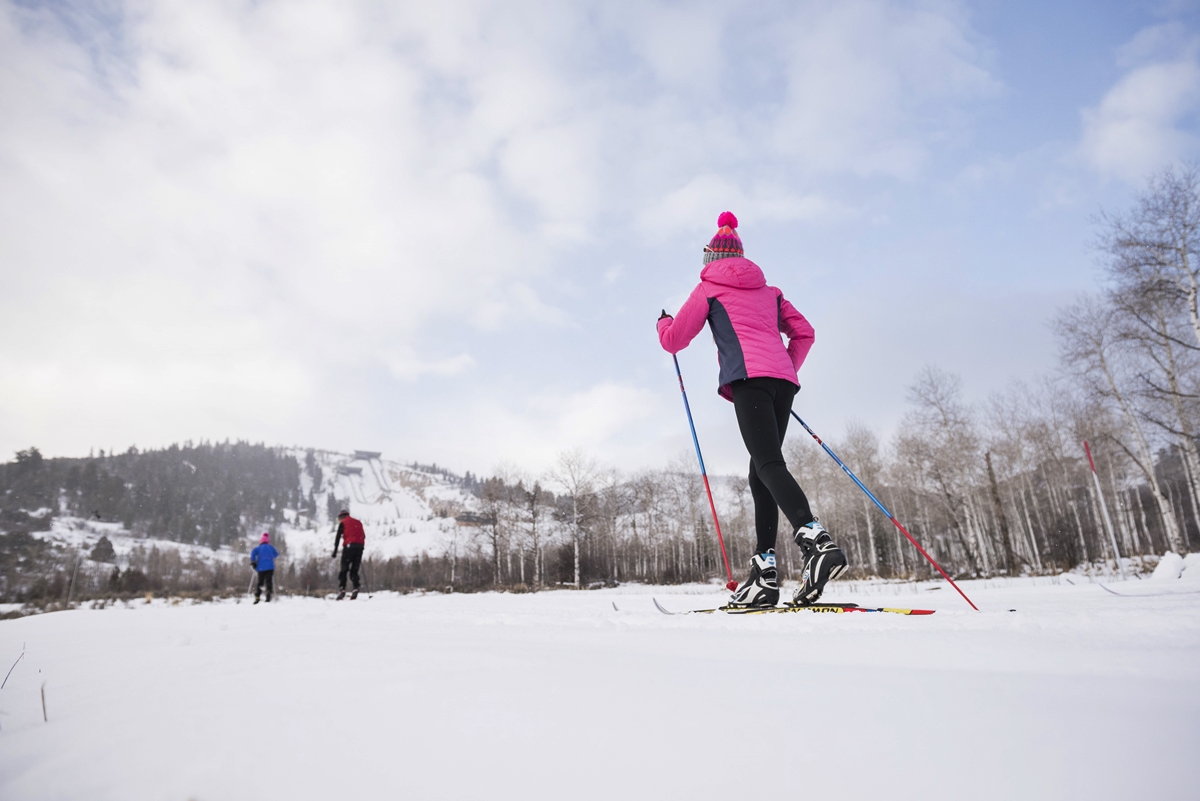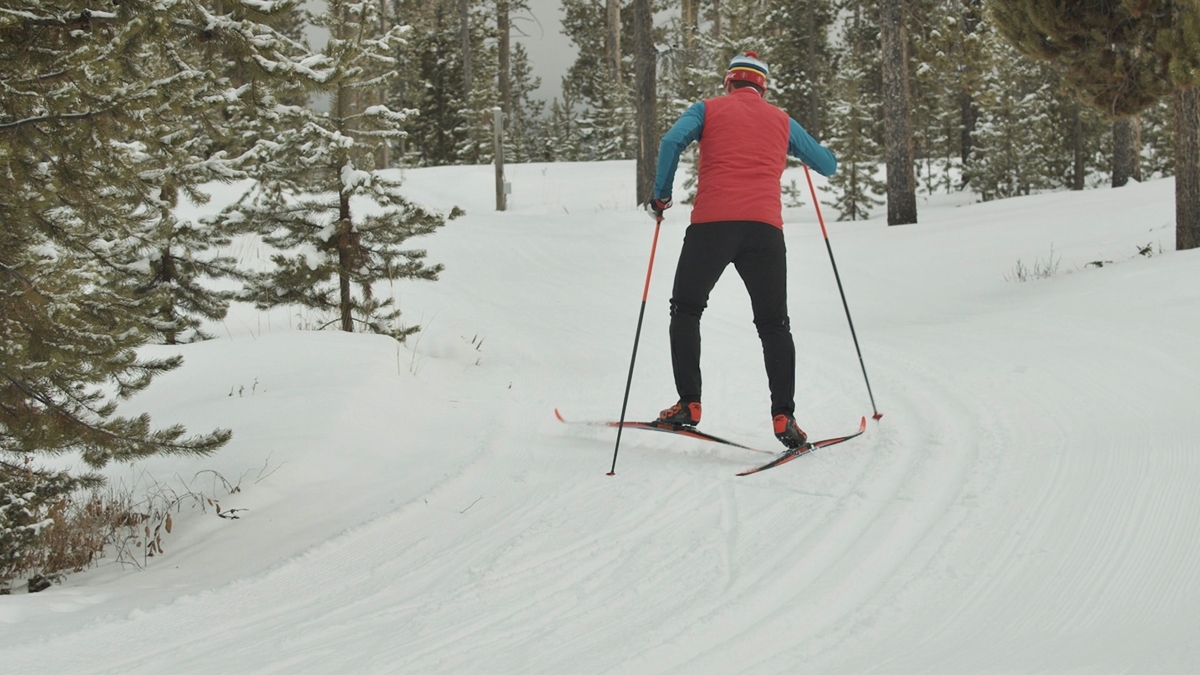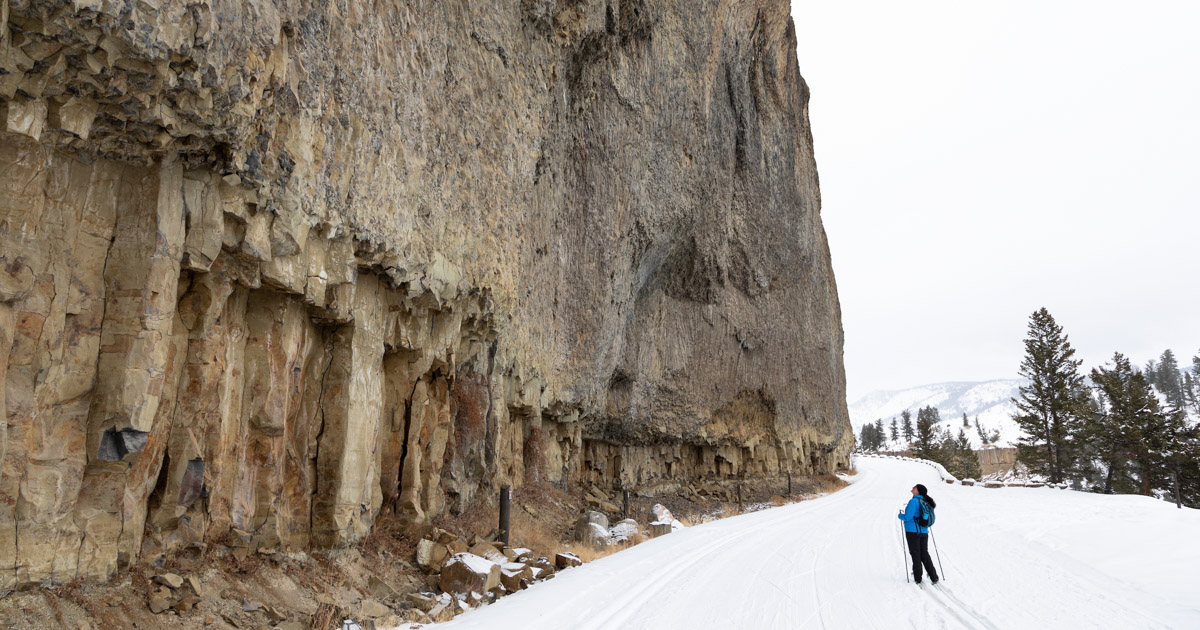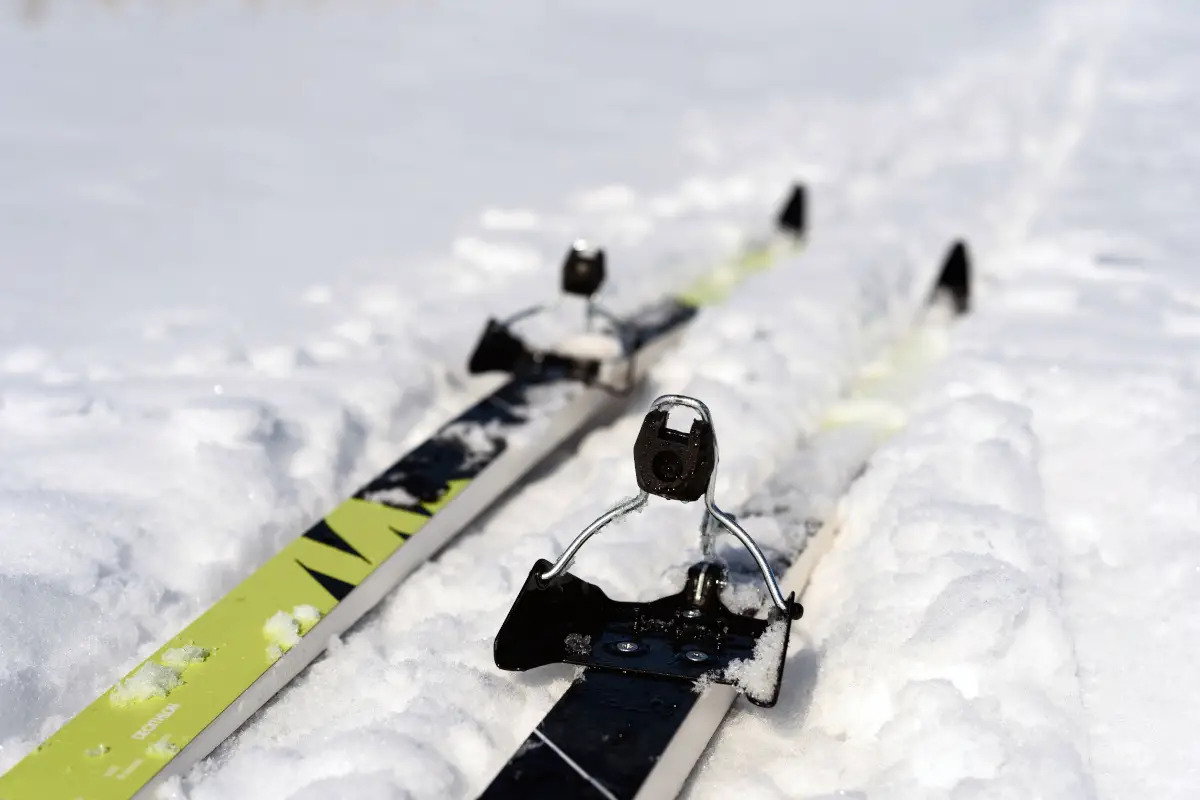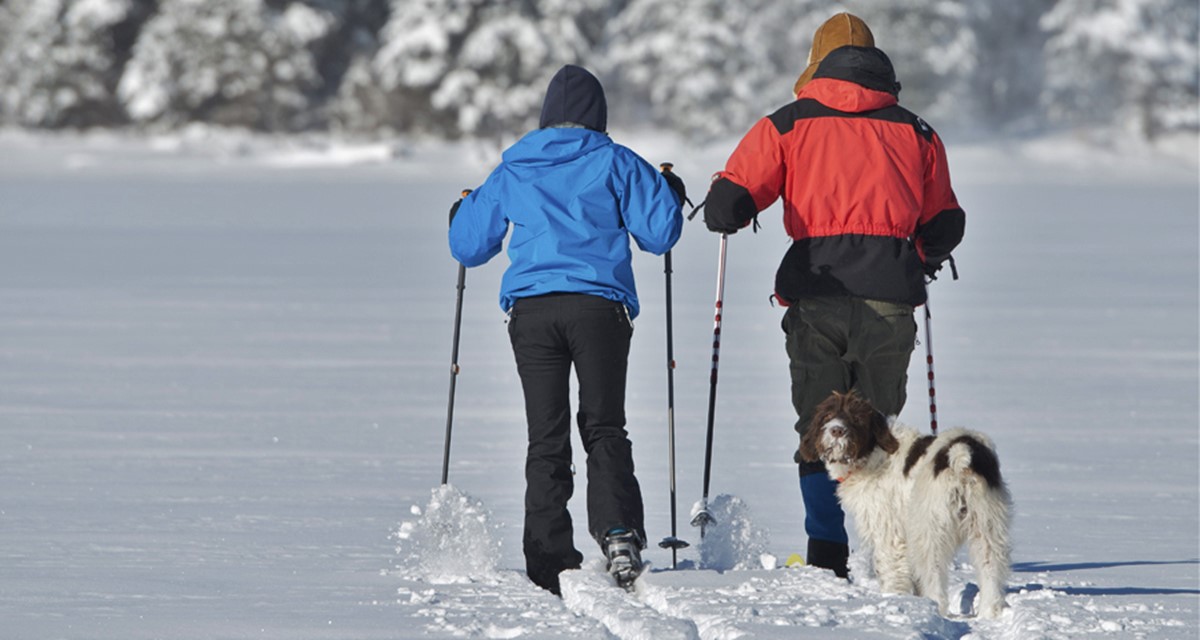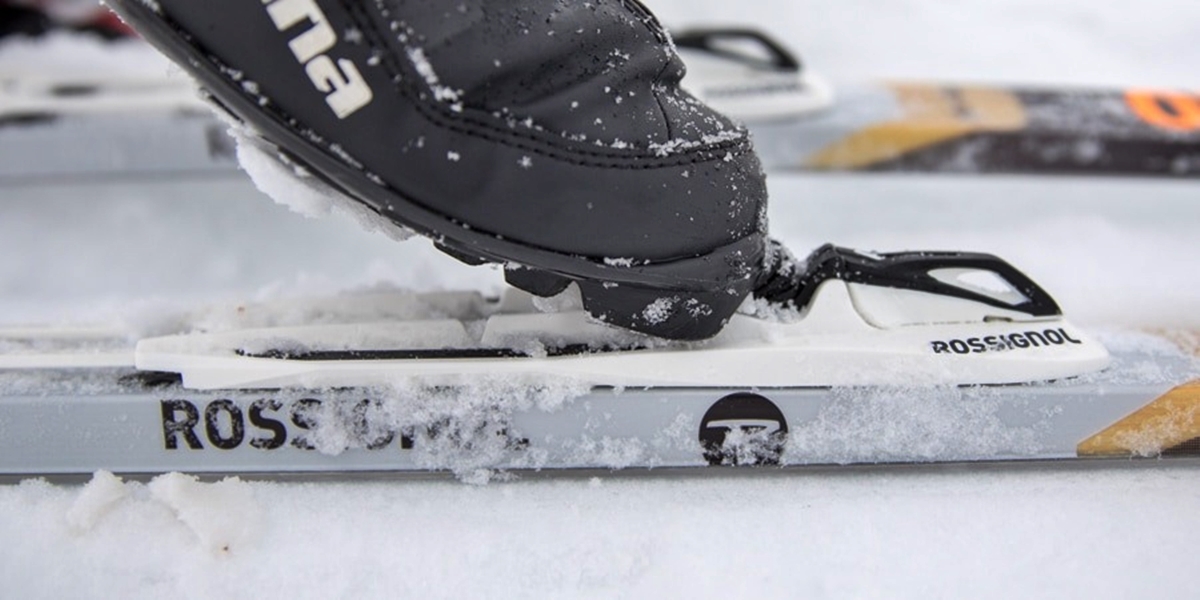Home>Misc>Featured>How Long Is Olympic Cross Country Skiing Distance
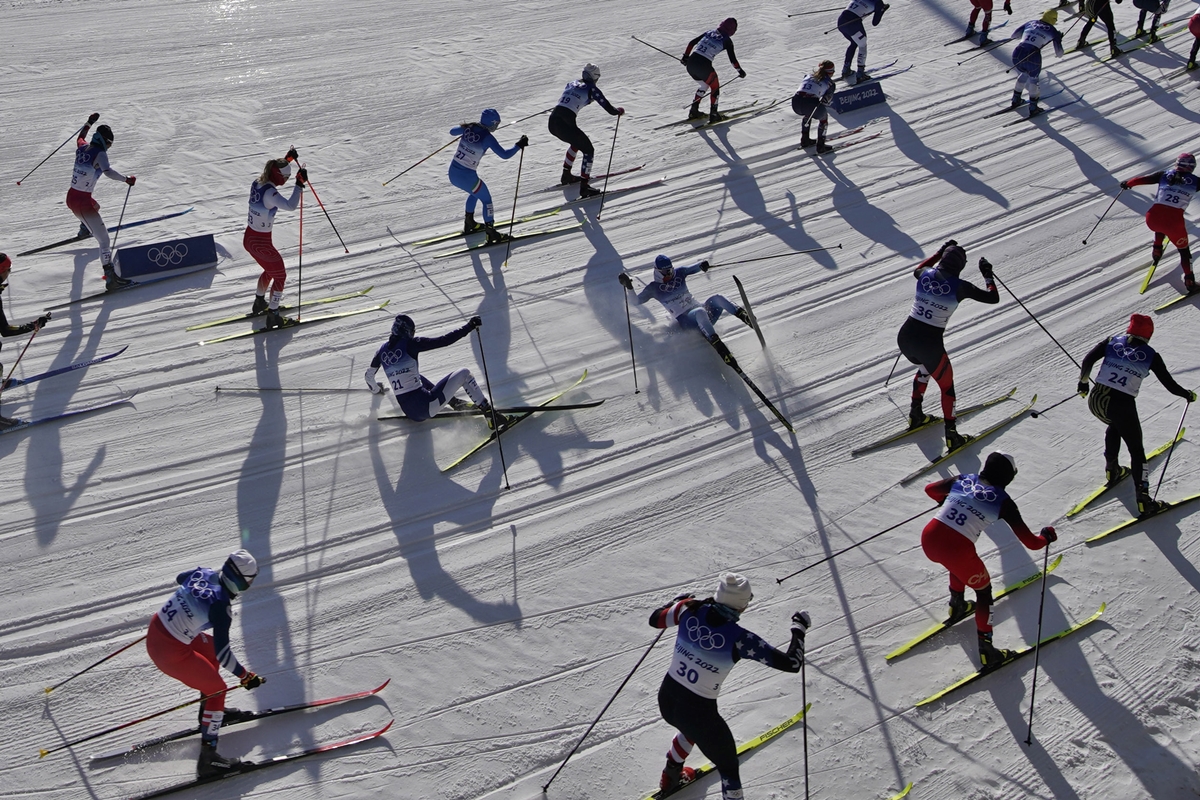

Featured
How Long Is Olympic Cross Country Skiing Distance
Modified: August 22, 2023
Discover the featured Olympic cross country skiing distance and learn how long the captivating endurance event spans. Enhance your knowledge and prepare for this incredible sport.
Introduction
Welcome to the exciting world of Olympic cross country skiing! This exhilarating winter sport has been a staple of the Winter Olympics for decades, captivating audiences with its displays of endurance, skill, and teamwork. But have you ever wondered just how long the distances are in Olympic cross country skiing?
In this article, we will delve into the fascinating world of Olympic cross country skiing distances, exploring the various factors that contribute to the length of the courses. Whether you are a seasoned fan of the sport or a newcomer looking to learn more, we will provide you with valuable insights into the distances covered by these extraordinary athletes.
Cross country skiing is a demanding discipline that tests the physical and mental capabilities of the athletes. Unlike downhill skiing, where competitors race down a mountain at breakneck speed, cross country skiing involves navigating a designated trail or course, sometimes traversing flat stretches and other times conquering challenging ascents and descents.
As one of the oldest forms of skiing, cross country skiing has evolved over the years to become a highly competitive sport at the Olympic level. Athletes must possess a unique combination of cardiovascular endurance, strength, technique, and tactical awareness to perform at their best.
Now, let’s explore the specifics of Olympic cross country skiing distances and unravel the factors that influence these varying lengths. Understanding the distances will not only deepen your appreciation for the sport but also give you a better understanding of the incredible feats accomplished by these remarkable athletes.
Olympic Cross Country Skiing
Olympic cross country skiing is a thrilling sport that showcases the endurance, skill, and determination of athletes from around the world. It is a discipline that requires athletes to propel themselves across varying terrains using specialized skis and poles, relying on both physical strength and technical expertise.
The sport is divided into different events, including individual races, team relays, and mass start races. The individual races typically involve athletes racing against the clock, aiming to complete a specific distance in the shortest amount of time. Team relays require athletes to work together, with each member of the team skiing a designated portion of the course before handing off to the next teammate.
Olympic cross country skiing combines both classical and freestyle techniques. In classical skiing, athletes use a diagonal stride, with one ski sliding forward while the other pushes off from the snow. In freestyle skiing, athletes have more freedom in their movements, utilizing a skating-like technique that allows for faster speeds and dynamic turns.
What sets Olympic cross country skiing apart is the challenging nature of the courses. Athletes must navigate through a variety of terrains, including flat sections, uphill climbs, and downhill descents. The courses are meticulously designed to test the endurance and technical skills of the athletes, with different distances assigned to each event.
Not only must the athletes contend with the physical demands of the sport, but they must also strategize and make tactical decisions throughout the race. Pacing oneself, conserving energy for crucial moments, and strategically overtaking competitors are all part of the game in Olympic cross country skiing.
The sport requires a high level of fitness, incorporating both aerobic and anaerobic endurance. Athletes must train rigorously to develop their cardiovascular capacity, strength, and muscular endurance. They also focus on refining their skiing technique to maximize efficiency and speed on the course.
As you immerse yourself in the world of Olympic cross country skiing, you will gain a deep appreciation for the dedication, discipline, and determination required by these exceptional athletes. Now that we have explored the sport of Olympic cross country skiing, let us take a closer look at the distances involved in these thrilling competitions.
Understanding the Distance
When it comes to Olympic cross country skiing, the distances covered by athletes can vary based on the specific event. The International Ski Federation (FIS) sets the guidelines for race distances, taking into account factors such as the level of difficulty, the terrain, and the average race times.
One of the primary factors that determine the distance of a cross country skiing event is the duration. The goal is to create races that challenge athletes without compromising the integrity of the competition. A balance must be struck between challenging the athletes and ensuring a fair and competitive environment.
Individual races typically range from 10 kilometers (6.2 miles) for women to 15 kilometers (9.3 miles) for men. These races are often referred to as “interval start” or “individual start” races, where athletes start one at a time at regular intervals. The fastest time wins. The distance covered in these races may vary depending on the specific course and conditions.
Team relays, on the other hand, involve multiple athletes skiing a predetermined distance before passing the baton to their teammates. The distances covered by each team member vary, with the total distance usually ranging from 4×5 kilometers (12.4 miles) to 4×10 kilometers (24.8 miles) in the men’s and women’s events.
Mass start races, as the name suggests, involve all athletes starting together and racing against each other. These races can cover distances of up to 50 kilometers (31.1 miles) for men and 30 kilometers (18.6 miles) for women. The specific distance can depend on factors such as the difficulty of the course and the expected race time.
It’s important to note that the distances mentioned above are just general guidelines and can vary from one Olympic Games to another. The FIS and the Olympic organizers assess each course and make adjustments as necessary to ensure fairness and excitement for both athletes and spectators.
Understanding the distances in Olympic cross country skiing allows us to appreciate the incredible physical and mental strength required by these athletes. It emphasizes the endurance and determination necessary to compete at the highest level of the sport.
With a clearer understanding of the distances involved, let’s explore the various factors that can influence the specific lengths of Olympic cross country skiing courses.
Factors Affecting the Distance
The distance of a cross country skiing event in the Olympics is influenced by several factors that aim to create a challenging and fair competition. These factors take into account the terrain, race duration, and historical precedents. Let’s explore some of the key factors that determine the distance of an Olympic cross country skiing race.
1. Historical Precedents: The distances of cross country skiing events in the Olympics are often influenced by the historical precedents set by previous editions of the Games. These precedents take into account the average race times and the expectations of athletes and spectators. However, organizers also consider the need to introduce new challenges and keep the sport dynamic and exciting.
2. Race Duration: The duration of a cross country skiing race plays a crucial role in determining the distance. Organizers aim to create a race that challenges athletes to display their endurance and tactics while maintaining fairness. The overall race duration is carefully considered to ensure that all athletes have an opportunity to showcase their skills without compromising the competitive aspect of the event.
3. Terrain and Difficulty: The terrain and level of difficulty of the course also influence the distance of an Olympic cross country skiing race. More challenging terrains often warrant shorter distances, as athletes may require more time to cover the course due to uphill climbs, technical sections, or unpredictable weather conditions. On the other hand, courses with less demanding terrain may allow for longer distances to challenge the athletes in different ways.
4. Event Type: The type of cross country skiing event, whether it’s an individual race, team relay, or mass start race, can affect the distance. Individual races tend to cover longer distances as athletes compete against the clock. Team relays may have shorter distances per athlete to allow for a faster-paced and more dynamic race. Mass start races can cover varying distances, depending on the level of challenge desired by the organizers.
5. Weather Conditions: Weather conditions, such as snow quality and temperature, can have an impact on the distance of a cross country skiing race. Soft or icy snow may require adjustments to the course length to ensure fair competition and athlete safety. Warmer temperatures may also affect the ideal distance, as it can impact snow conditions and the overall performance of the athletes.
It’s important for organizers to strike a balance when determining the distance of a cross country skiing event in the Olympics. The goal is to create a challenging yet fair competition that showcases the skills, endurance, and strategy of the athletes. By considering historical precedents, race duration, terrain, event type, and weather conditions, the distance of an Olympic cross country skiing race is carefully determined.
Now that we understand the factors that influence cross country skiing distances, let’s take a look at the specific distances covered in past Olympic Games.
Past Olympic Cross Country Skiing Distances
Over the years, the distances of cross country skiing events in the Olympics have varied, reflecting the evolution of the sport and the changing preferences of athletes and organizers. Let’s take a journey through time and explore the past Olympic cross country skiing distances.
In the early years of the Winter Olympics, the distances of cross country skiing events were relatively shorter compared to modern standards. For example, in the inaugural Winter Olympics held in Chamonix, France in 1924, the men’s individual race covered a distance of 18 kilometers (11.2 miles). The women’s event was not introduced until the 1952 Games in Oslo, Norway when they raced over a distance of 10 kilometers (6.2 miles).
Throughout the mid-20th century, the distances slowly increased as the sport gained popularity and athletes pursued greater challenges. In the 1960 Winter Olympics in Squaw Valley, USA, the men’s 15-kilometer race was introduced, which became a standard distance in subsequent Games. The women’s race remained at 10 kilometers until the 1992 Albertville Olympics when it was extended to 15 kilometers to align with the men’s event.
As the sport continued to grow, so did the distances of cross country skiing events. The men’s 30-kilometer race was introduced in the 1980 Lake Placid Olympics, and it later expanded to 50 kilometers in the 2002 Salt Lake City Olympics. The women’s 30-kilometer race was first contested in the 1992 Albertville Olympics, and it remains the longest distance for women in Olympic cross country skiing.
Team relay events have also evolved over time. The 4×10-kilometer relay for men was first introduced in the 1968 Grenoble Olympics, and it became a staple event. For women, the 4×5-kilometer relay made its Olympic debut in the 1992 Albertville Games.
It’s worth noting that the distances of cross country skiing events can be adjusted in each Olympic Games to accommodate various factors, such as weather conditions, course difficulty, and athlete preferences. The International Ski Federation (FIS) and Olympic organizers carefully consider these factors to ensure fair and exciting competitions.
As the sport continues to evolve, it will be interesting to see if the distances of cross country skiing events in future Olympic Games undergo further changes. Athletes strive to push boundaries and achieve new heights, and organizers seek to create engaging and challenging competitions that captivate audiences around the world.
Looking back at the past Olympic cross country skiing distances gives us a glimpse into the rich history and development of the sport, showcasing the incredible athleticism and dedication of the athletes who have competed in these challenging events.
Next, let’s conclude our journey through the world of Olympic cross country skiing.
Conclusion
Exploring the world of Olympic cross country skiing distances has provided us with a deeper understanding and appreciation for this exhilarating winter sport. From individual races to team relays and mass start events, athletes showcase their endurance, technique, and tactical skills on challenging courses designed to test their limits.
Through the years, the distances of cross country skiing events in the Olympics have evolved, reflecting the growth and development of the sport. Historical precedents, race duration, terrain challenges, event types, and weather conditions all play a role in determining the specific distances of each competition.
It is fascinating to see how the distances have increased over time, driven by the desire of athletes for greater challenges and the recognition of the sport’s appeal to audiences worldwide. From the modest distances in the early Olympic Games to the longer and more demanding courses of recent years, the sport has continued to captivate fans with its displays of skill, athleticism, and strategy.
As we look ahead to future Olympic Games, we can expect the distances of cross country skiing events to continue evolving, reflecting the ever-changing landscape of the sport and the pursuit of new records and achievements.
Whether you are a dedicated fan or a curious observer, delving into the details of Olympic cross country skiing distances has allowed us to gain a deeper appreciation for the physical and mental challenges faced by the athletes who compete in this thrilling sport.
As the Olympic Games continue to inspire and unite people from around the world, cross country skiing remains a testament to the indomitable spirit of athletes who strive for greatness.
So, as we bid farewell to our exploration of Olympic cross country skiing distances, let’s celebrate the incredible athletes and the enduring legacy of this captivating sport.
